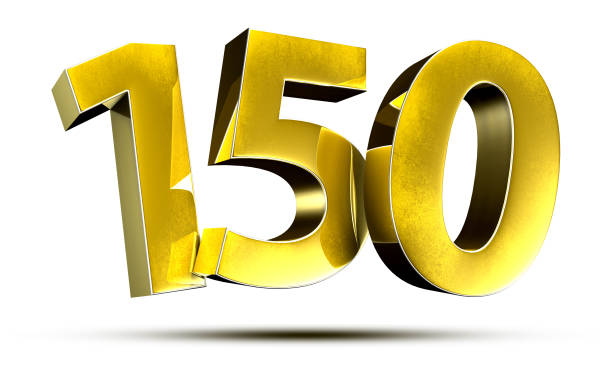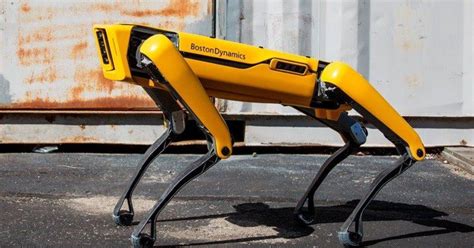The world of robotics has been shaped by numerous design inspirations, ranging from industrial machinery to science fiction. Classic robot designs have played a significant role in influencing the development of modern robots, with their unique aesthetic and functional features. From the early 20th century to the present day, robot design has undergone significant transformations, driven by advances in technology, changes in societal needs, and the creative vision of designers and engineers.
One of the most iconic classic robot designs is the humanoid robot, which has been a staple of science fiction for decades. Humanoid robots, such as Robby the Robot from the 1956 film "Forbidden Planet," have captivated audiences with their anthropomorphic appearance and abilities. These robots have inspired generations of designers and engineers to create machines that can interact with humans in a more natural and intuitive way. For instance, the development of humanoid robots like Honda's ASIMO and Boston Dynamics' Atlas has been influenced by classic robot designs, with a focus on creating machines that can perform tasks that require human-like dexterity and agility.
Key Points
- Classic robot designs have influenced the development of modern robots, with a focus on functional and aesthetic features.
- Humanoid robots have been a staple of science fiction and have inspired the creation of machines that can interact with humans in a more natural way.
- Industrial robots, such as the Unimate, have been designed to perform specific tasks, such as assembly and welding, with high precision and accuracy.
- Service robots, like the Roomba, have been designed to perform tasks that are typically done by humans, such as cleaning and maintenance, with a focus on autonomy and navigation.
- The development of modern robots has been driven by advances in technology, changes in societal needs, and the creative vision of designers and engineers.
Industrial Robot Design

Industrial robots, on the other hand, have been designed to perform specific tasks, such as assembly, welding, and material handling. The Unimate, a robotic arm developed in the 1950s, is a classic example of an industrial robot design that has had a lasting impact on the manufacturing industry. Industrial robots like the Unimate have been designed to be highly precise and accurate, with the ability to perform repetitive tasks with speed and efficiency. For example, the Unimate was used in the automotive industry to perform tasks such as welding and assembly, with a high degree of precision and accuracy.
Service Robot Design
Service robots, such as the Roomba, have been designed to perform tasks that are typically done by humans, such as cleaning and maintenance. These robots have been designed to be autonomous and navigable, with the ability to adapt to changing environments and situations. Service robots like the Roomba have been influenced by classic robot designs, with a focus on creating machines that can interact with humans in a more natural and intuitive way. For instance, the Roomba uses a combination of sensors and navigation algorithms to map out its environment and avoid obstacles, demonstrating a high degree of autonomy and navigation.
| Robot Type | Classic Design Inspiration | Modern Application |
|---|---|---|
| Humanoid Robot | Robby the Robot (1956) | Honda's ASIMO, Boston Dynamics' Atlas |
| Industrial Robot | Unimate (1950s) | Automotive manufacturing, material handling |
| Service Robot | Roomba (2002) | Household cleaning, maintenance, and repair |

Evolution of Robot Design

The evolution of robot design has been shaped by advances in technology, changes in societal needs, and the creative vision of designers and engineers. From the early 20th century to the present day, robot design has undergone significant transformations, driven by the development of new materials, sensors, and control systems. For example, the development of robotic arms like the Unimate has been influenced by advances in materials science and mechanical engineering, with a focus on creating machines that are highly precise and accurate.
Future of Robot Design
The future of robot design is likely to be shaped by advances in artificial intelligence, machine learning, and the Internet of Things (IoT). As robots become increasingly connected and autonomous, they will be able to interact with humans in more natural and intuitive ways, and perform tasks that are typically done by humans. For instance, the development of humanoid robots like Sophia, which has been designed to interact with humans in a more natural and intuitive way, demonstrates the potential for robots to become more integrated into our daily lives.
What is the significance of classic robot designs in the development of modern robots?
+Classic robot designs have played a significant role in influencing the development of modern robots, with their unique aesthetic and functional features. By understanding the classic robot designs that have inspired modern robots, we can gain a deeper appreciation for the evolution of robotics and the potential for future innovations.
How have advances in technology driven the evolution of robot design?
+Advances in technology, such as the development of new materials, sensors, and control systems, have driven the evolution of robot design. These advances have enabled the creation of robots that are highly precise, accurate, and autonomous, and have paved the way for the development of modern robots.
What is the potential for future innovations in robot design?
+The future of robot design is likely to be shaped by advances in artificial intelligence, machine learning, and the Internet of Things (IoT). As robots become increasingly connected and autonomous, they will be able to interact with humans in more natural and intuitive ways, and perform tasks that are typically done by humans.
